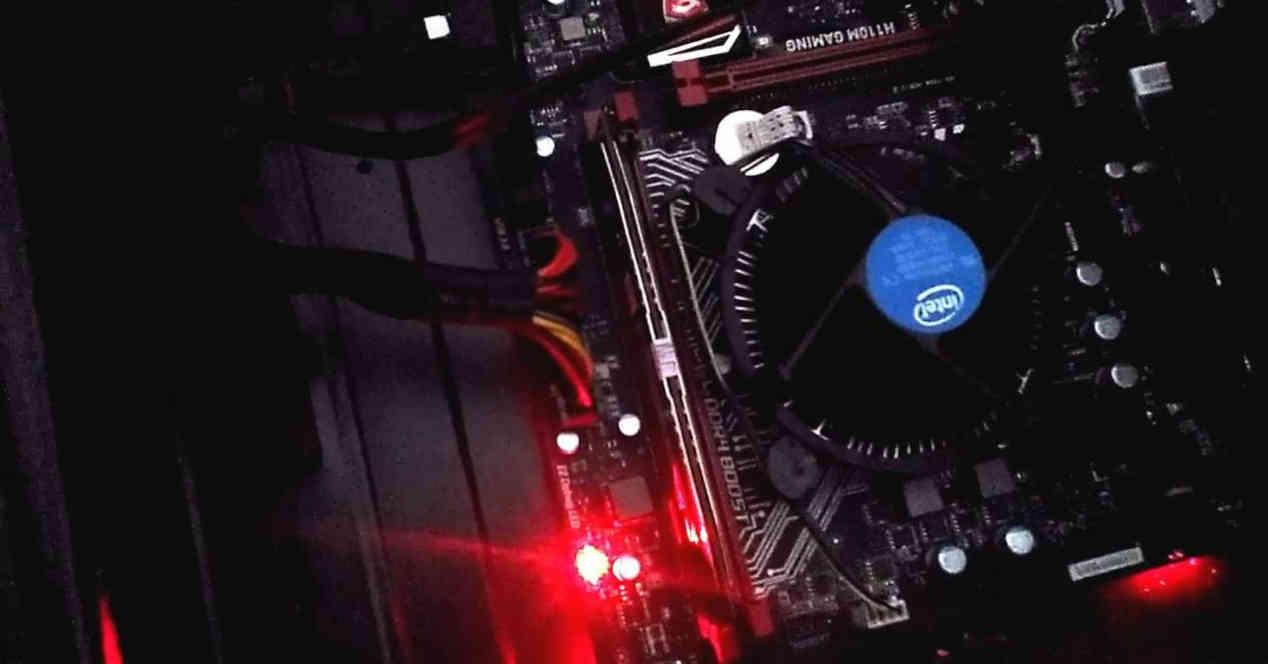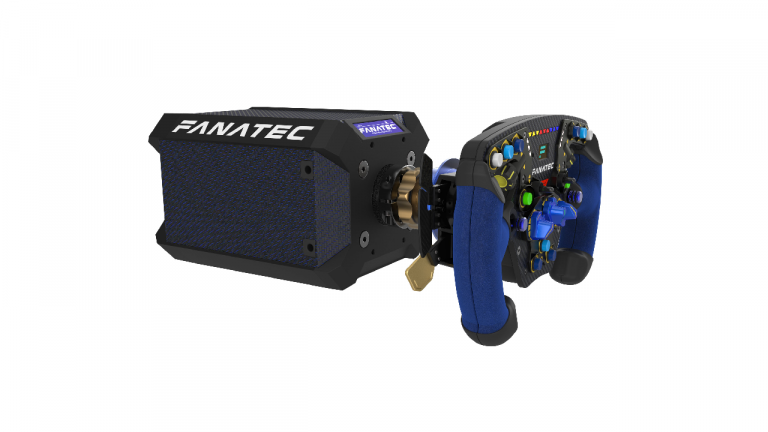This is why on many motherboards we can see a series of LED indicators with a label that refers to a specific component, usually the following: CPU, RAM, Boot and graphics card. Some manufacturers use various colored lights to indicate to the user the different problems that exist. However, not everyone agrees on the meaning of each color and, therefore, on the problem to which it refers.
The LED indicators on the motherboard have a very simple operation, through the power pins of the various components. If these have simply stopped working and therefore the signal does not reach them, the corresponding LED will light up.
Ordering LED luminaires by brands
Unfortunately, not all manufacturers follow the same order when placing LEDs on their motherboards, but within each brand. This may seem trivial to many readers, but for some reason we may not be able to read the label that accompanies each LED indicator.
Keep in mind that not all motherboards have these indicators, and there are more advanced models that typically use two seven-segment indicators to show the error code, in hexadecimal format, of what is happening. on our PC. In any case, we leave you the order in which the LED indicators are arranged on the motherboards of the different manufacturers.
ASRock
- CPU
- DRACHMA
- VGA
- Startup.
Asus
- Boot (green)
- VGA (white)
- DRAM (Marille)
- CPU (red).
gigabyte
- VGA
- CPU
- STARTUP
- DRACHMA
MSI
- CPU
- DRACHMA
- VGA
- Startup
What does each LED light on the motherboard tell us?
Once we know the order of the motherboard LEDs according to the different brands, it’s time to tell what each of them means, what problem they indicate and how to solve it. Note that if you boot the system with the board bare you will see that in many cases the LEDs come on during the boot process, don’t be afraid this is part of the process of checking that each item is working properly .
CPU LED indicator on the motherboard
It lights up when the CPU is broken or faulty, so it cannot start normally. Either because it was installed incorrectly in the socket, or it burned out after overheating, or it was badly designed at the factory. If you have a BGA type CPU then you won’t be able to do anything when it is soldered to the plate and you will have to call the manufacturer to make the corresponding modification if it is under warranty.
On the other hand, if you have a processor that mounts on a socket, the problem will be solved most of the time by reseating the processor. Our recommendation is that you take the opportunity to clean the CPU socket from dust before putting it back to check if this motherboard LED indicator h as lit up due to improper installation and not due to hardware faults. plant.
DRAM LED indicator on the motherboard
As with the previous one, this LED indicator on the motherboard is very clear to understand, but in this case it will indicate the health status of the PC’s RAM memory. Therefore, it will turn on if any of the modules stop working, have been installed incorrectly at the factory or by the user, or simply have a fault at the source. We therefore recommend the same as the previous case, so if you have this problem, simply reinstall the RAM, clean its connectors and socket connectors and reassemble it again.
VGA indicator
The third LED indicator on the motherboard refers to the graphics card failure, its name was inherited from the days when VGA video output was standard on PCs and graphics cards were referenced by this name. This LED lights up when there is no graphics card in the PC. Although this is not the case if the processor of this one has an integrated GPU. However, it will not only turn on if there is no graphics card, but also if there is a graphics card and it suddenly stops working.
Again and as in the previous cases, if your PC uses a classic graphics card and does not have one integrated, then you will have to reinstall it. Take advantage of this during installation to perform the corresponding cleaning of both the graphics card and the PCI Express port to which it is connected.
Boot LED indicator on the motherboard
This LED indicator on the motherboard lights up when we have no storage device. Let’s not forget that despite the fact that the first space accessed by the CPU is the UEFI BIOS, a storage device is required to store the operating system.
The difference with the previous cases is that in this situation we have two different cases, since today we can install both an SSD or a hard disk through a SATA port or an SSD in an M.2 slot. . In the first case, check that the SATA connectors are correctly connected to the disk. In the second case, what you need to do is check that the SSD is properly connected.
It must be taken into account that despite the fact that from the BIOS we can assign a boot hierarchy between the different units, there must always be one that boots the system. So, if during the booting process, no storage disk has an operating system, this light may also turn on. Although it depends on the manufacturer and most of the time what we will see will be an on-screen message indicating the problem.
Table of Contents












